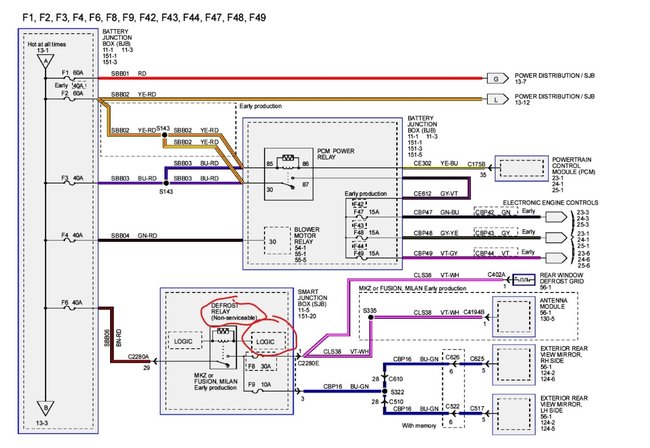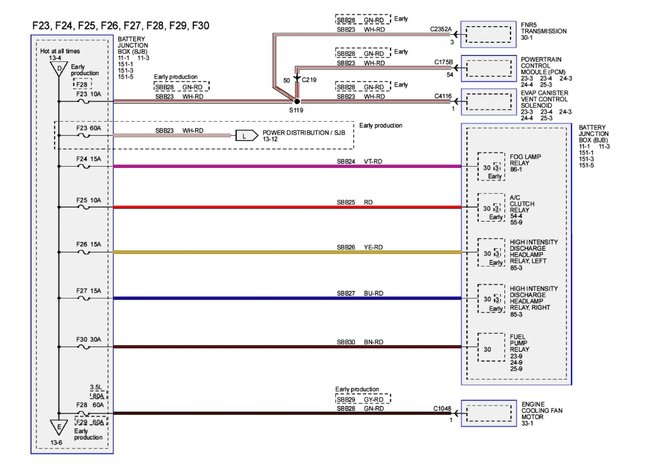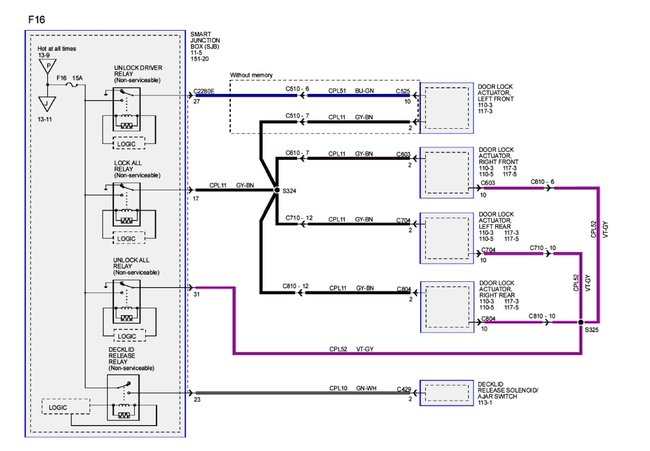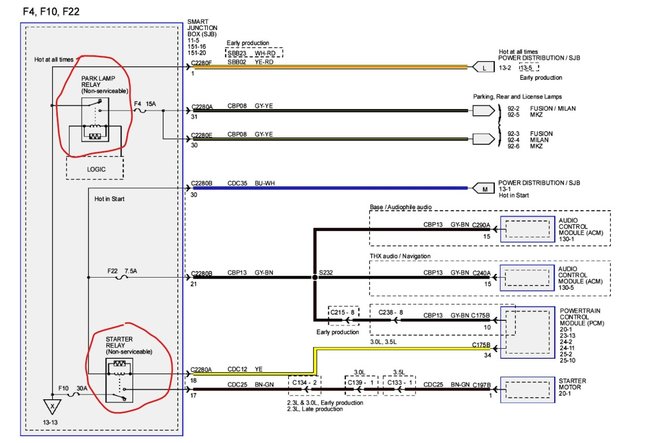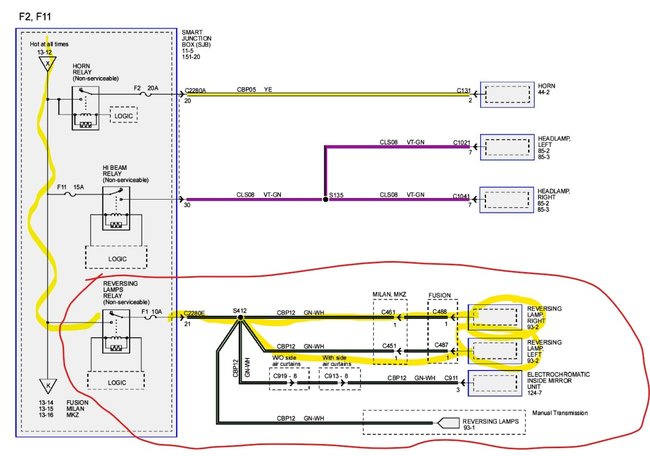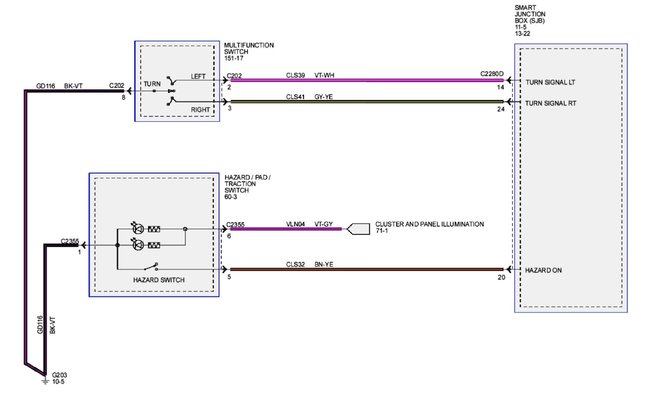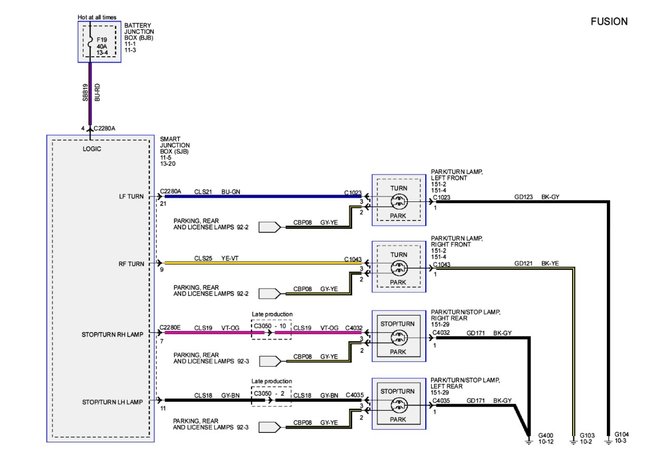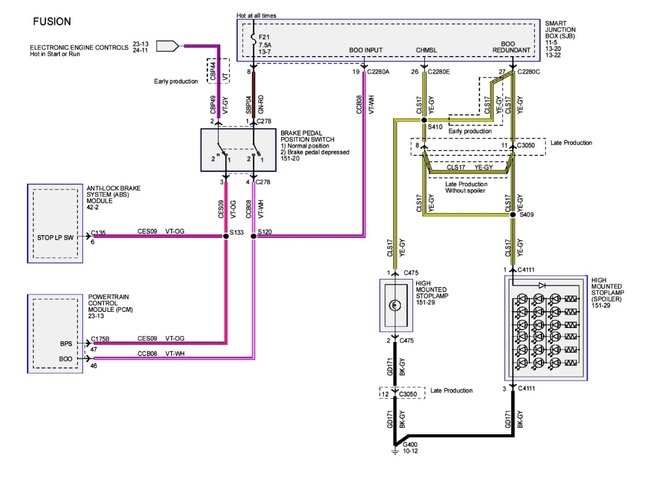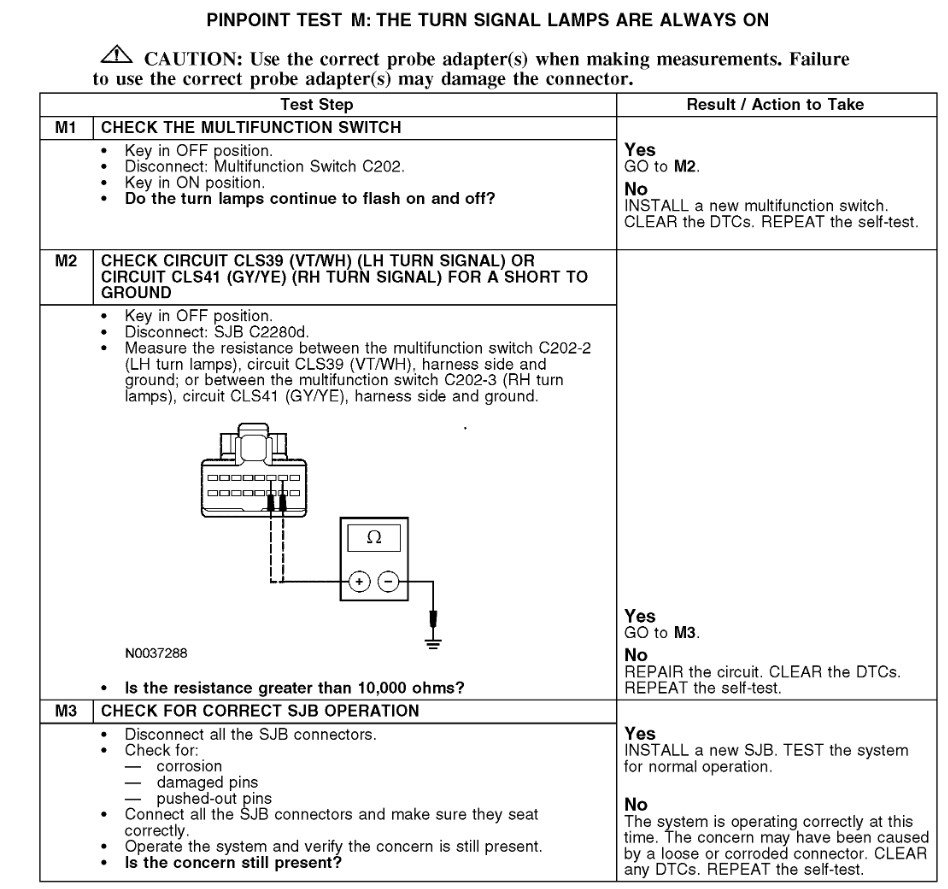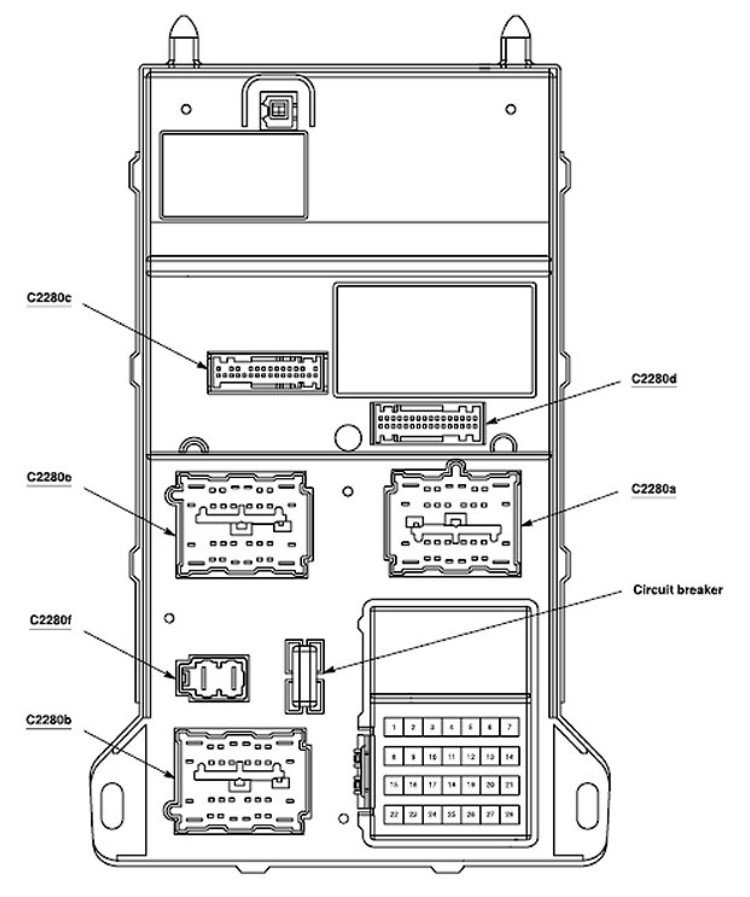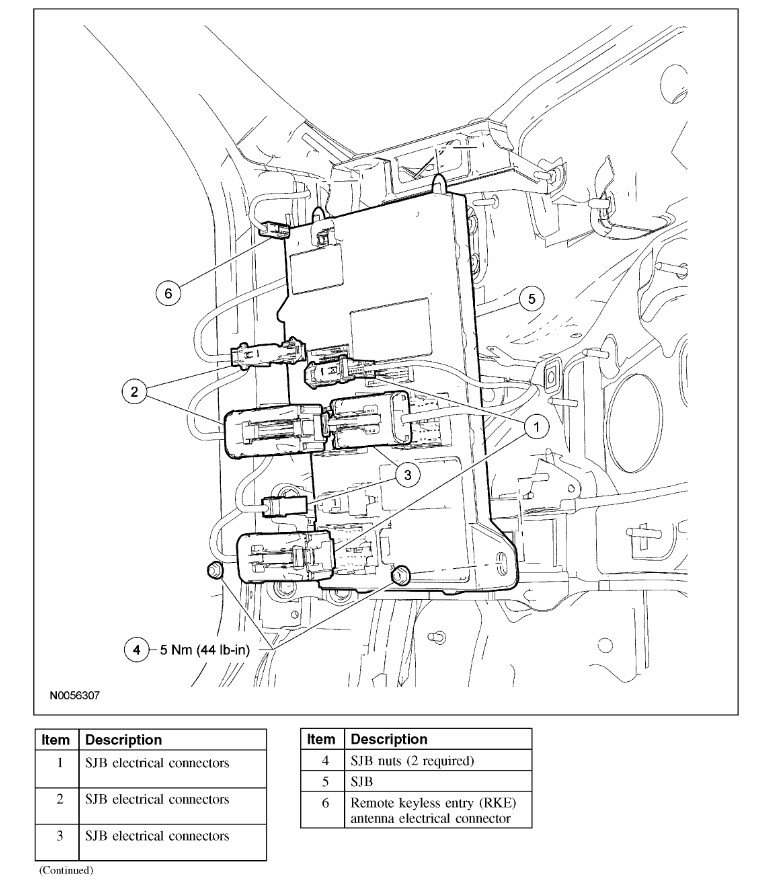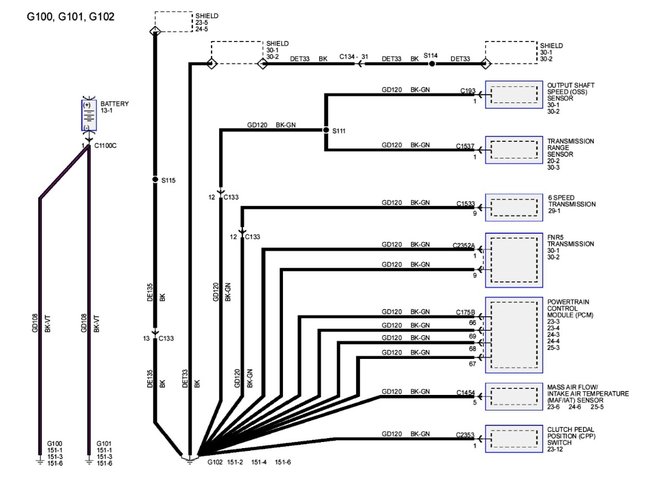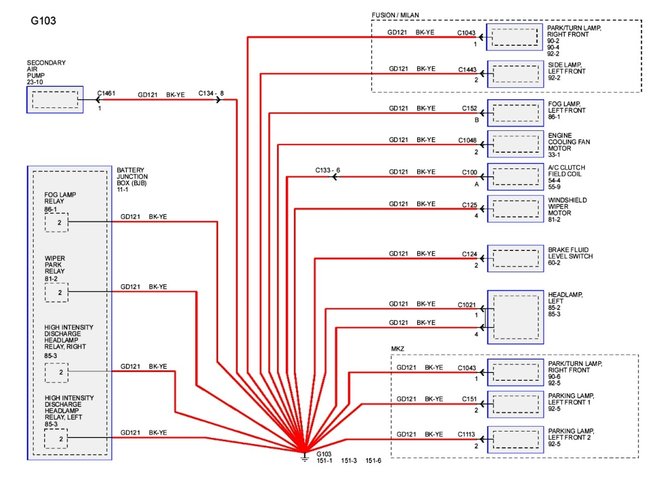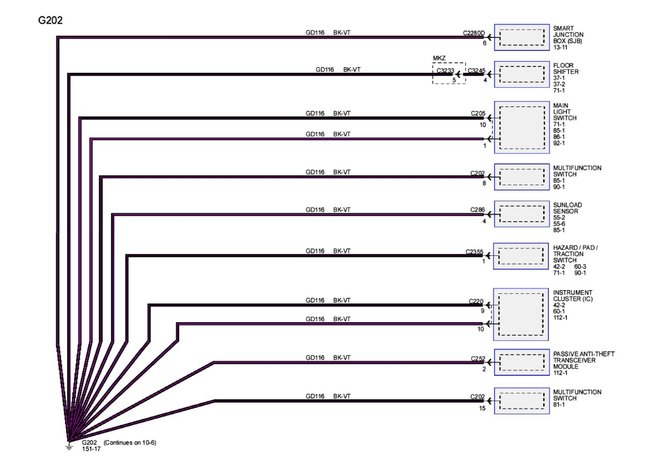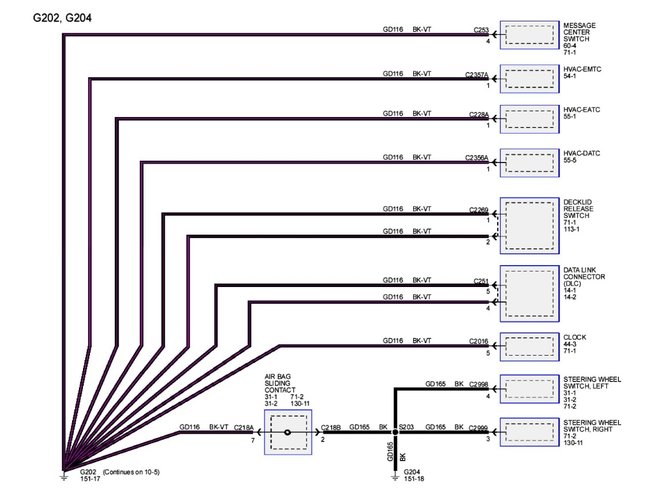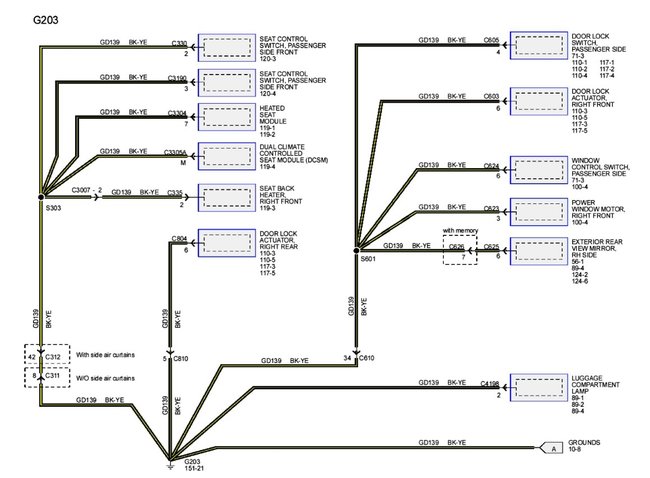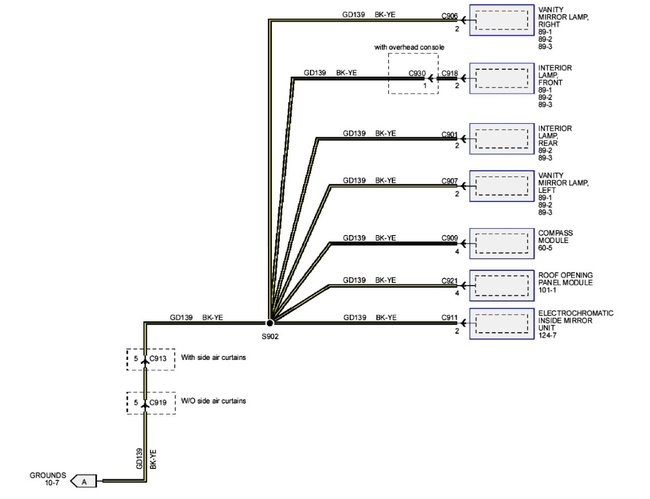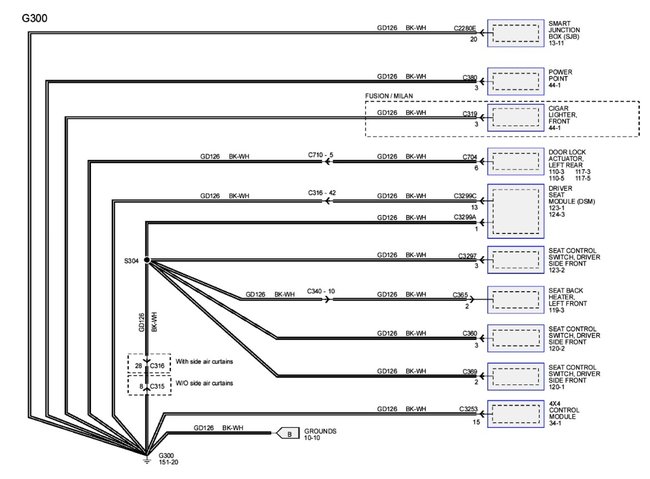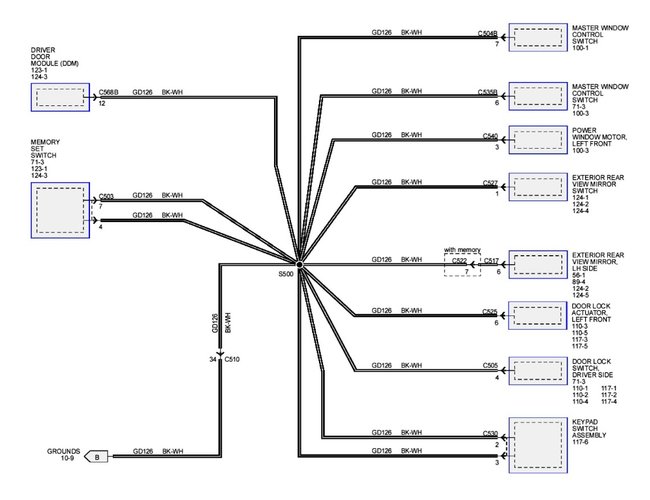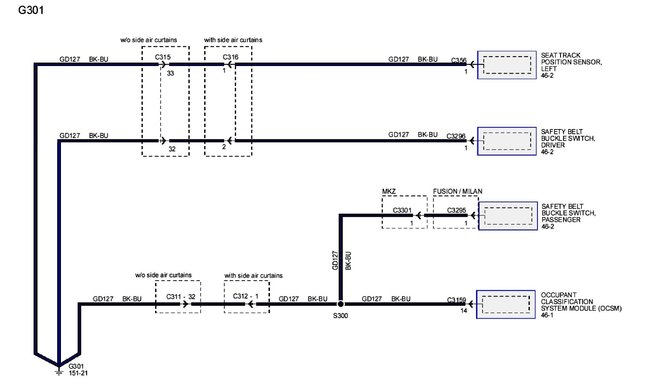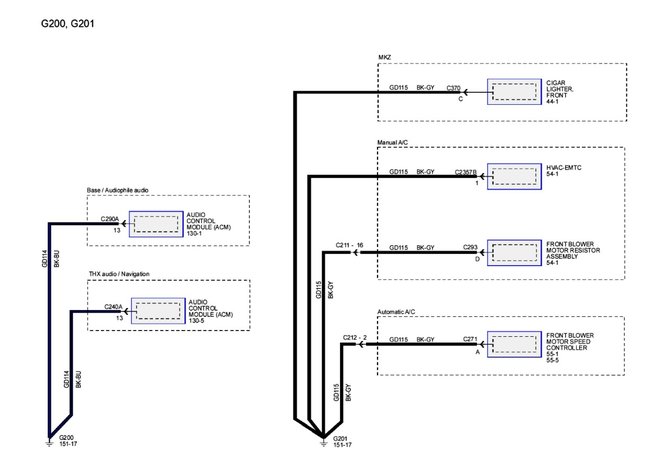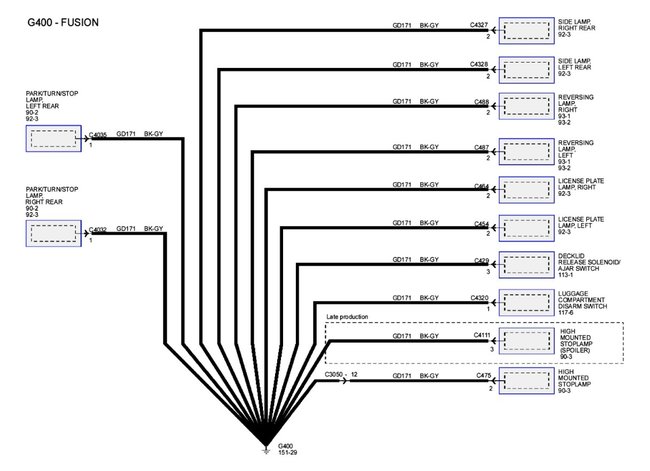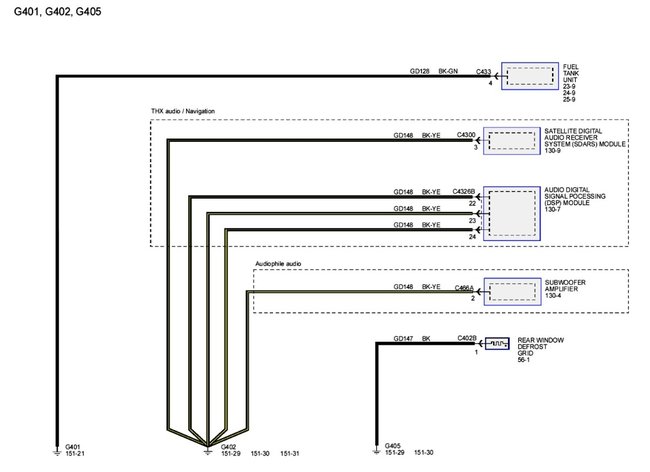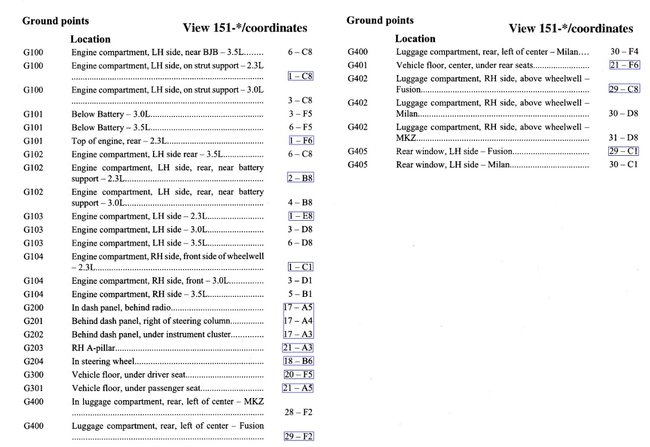You have it pretty well. What's worse is that most newer vehicles are even worse. Instead of a simple power window switch that reverses polarity, there is now a computer module that does the same thing.
As far as your issue with the signals being on regardless of the state of the vehicle with nothing turned on, that sounds like a bad transistor in the SJB. Is this the front only or both ends? Do they flash or just solid on? I attached the test procedures for them staying on that might help in testing as well as the method to change out the SJB.
Normal Operation
The smart junction box (SJB) sends voltage reference signals to the multifunction switch through circuit CLS39 (VT/WH) (LH turn input) and circuit CLS41 (GY/YE) (RH turn input). When the multifunction switch is switched to the LH or RH Turn positions, the voltage signal is routed to ground. When the SJB detects the multifunction switch in the LH or RH Turn position, the SJB sends voltage to the appropriate turn lamps.
DTC B2281 - is an on-demand code that sets when the SJB detects the RH turn signal switch input is short to ground.
DTC B2282 - is an on-demand code that sets when the SJB detects the LH turn signal switch input is short to ground.
Possible Causes
- Circuit CLS39 (VT/WH) short to ground
- Circuit CLS41 (GY/YE) short to ground
- Multifunction switch
- SJB
SJB Removal and Installation
CAUTION Electronic modules are sensitive to static electrical charges. If exposed to these charges, damage may result.
This step requires a scan tool that can read the configuration and security information from the SJB. This has to be done or the security system will not allow the vehicle to start.
Prior to the removal of the module, it is necessary to upload the module configuration information to the appropriate scan tool. This information needs to be downloaded into the new module once installed.
1. Upload the module configuration information from the SJB into the scan tool.
2. Disconnect the 6 electrical connectors.
3. Remove the 2 nuts.
- To install, tighten to 5 Nm (44 lb-in).
4. Position the SJB aside, disconnect the RKE antenna electrical connector and remove the SJB.
5. Note: If the PMI procedure was not followed when a new SJB was installed, the RKE function (from the integrated key head transmitter [IKT]) of the SJB must be programmed, or the IKT RKE functions will be inoperative. IKTs can be programmed to the new SJB by cycling each IKT key to the ON position for a minimum of 6 seconds. If a new instrument cluster was installed, the IKT keys must be programmed to the new instrument cluster.
To install, reverse the removal procedure.
- Download the SJB configuration from the scan tool into the new SJB.
Images (Click to make bigger)
Saturday, September 24th, 2022 AT 2:47 AM
